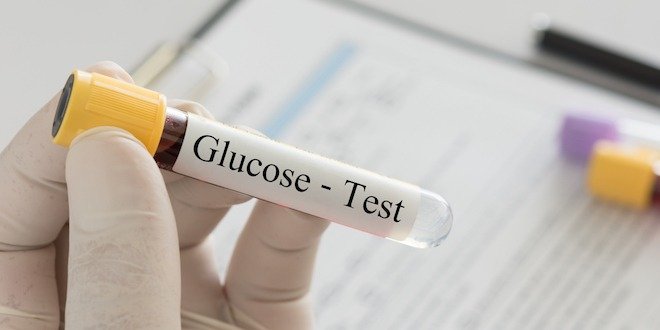
If you are at risk for diabetes, your family doctor will want you to have a routine blood reading for diabetes at regular intervals to see if you have normal glucose numbers. Is it really that important? The simple answer is yes! Routine blood glucose test results are very important; a diagnosis of diabetes early in the course of the disease means that you can be treated quickly, and delay or avoid complications. This article will discuss normal glucose numbers, what is a high glucose level, and what types of blood tests/diabetic readings are done.
What is a normal blood glucose level?
Blood glucose is measured in millimoles per liter (commonly expressed as mmol/L). A normal value of glucose in the blood would be as follows:
- Fasting blood glucose: less than 6.1 mmol/L
- Oral glucose tolerance test: less than 11.0 mmol/L
A1C is measured as a percentage. A normal A1C result would be less than 6.0%.
How often is a blood glucose test ordered?
The Diabetes Canada clinical practice guidelines recommend that all people who are 40 years of age or older, and those who are at high risk for diabetes (regardless of their age), should be tested every three years for diabetes.
The four major risk factors for type 2 diabetes are:
- Being overweight
- Being over 40 years of age
- Having a sedentary lifestyle (not getting much physical activity)
- Having a close family history of the disease (for example, if your mother or father has diabetes)
Other risk factors include a history of prediabetes or gestational diabetes, high cholesterol, high blood pressure and being obese.
What types of blood glucose tests are used?
A number of tests can be used to diagnose diabetes. These include a blood glucose test, an oral glucose tolerance test or an A1C test. For information about the tests used to diagnose diabetes click here.
What blood glucose test result indicates prediabetes?
The following test results indicate a diagnosis of prediabetes:
| Test | Diagnosis of prediabetes |
| Fasting blood glucose | 6.1 to 6.9 mmol/L |
| Oral glucose tolerance test | 7.8 to 11.0 mmol/L |
| A1C | 6.0% to 6.4% |
These values indicate your blood glucose is high, but not yet diagnostic of type 2 diabetes.
What blood glucose test result indicates diabetes?
The following test results indicate a diagnosis of diabetes:
| Test | Diagnosis of diabetes |
| Fasting blood glucose | 7.0 mmol/L or higher |
| Random blood glucose | 11.1 mmol/L or higher |
| Oral glucose tolerance test | 11.1 mmol/L or higher |
| A1C | 6.5% or higher |
If you think you may be at risk for diabetes, talk to your healthcare team about getting a blood glucose test. Early diagnosis is the key to managing the disease successfully, and preventing or avoiding complications.



